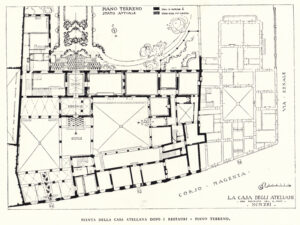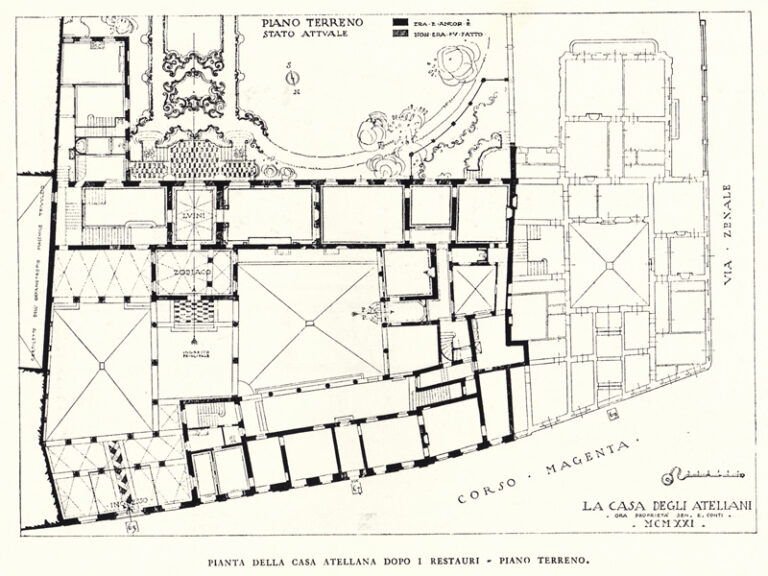If you ask anyone to name an iconic symbol connected with Ancient Egypt, some will say the scarab, but many will say the eye.
The Egyptian seemed to be positively obsessed with that body part and it’s not very difficult to guess why: it looks like a jewel, and yet it’s soft and vulnerable; it can be scorched by the sun, and yet it produces water; it’s an element of symmetry in the human face, and yet it’s not that uncommon for an individual to have different eyes. They’re apparently redundant and yet, with their knowledge of medicine and their keen observant aptitude, Egyptian scholars must have been aware of what happens to your sense of depth when you lose one.
Add to the mixture a linguistic fact: the noun used for “eye” is a feminine noun, and this leads to the eyes of certain gods being personified as goddesses. This is where things get interesting.
The Eye of Ra
Ra creates stuff in disgusting ways I will not recount here. Suffice it to say that men were often said to be created by the tears of the Sun God’s eyes, and this is reflected in one of the plays on words that aren’t lost to us.
The creator brings forward the primaeval waters and then sets one of his eyes to wander around. The reasons are unstated and still escape us, but the Eye of Ra was also known as The Distant Goddess and, after her separation from the Sun God, they were never reunited.
Humanity, it says, came forth from the Sole Eye, which was sent out while the creator Atum was still alone ahd inert in the primeval waters. The cause of the Eye’s weeping is not stated, but it may be from loneliness as it searches for other beings.
Geraldine Pinch, Egyptian Mythology: A Guide to the Gods, Goddesses, and Traditions of Ancient Egypt (2002)
What’s interesting here is that humanity is not technically created by Ra, but it’s created by his Eye instead: this means that between the Creator and humanity there is a bigger distance than between the Creator and the gods, who sprung directly from his sweat (or other humours).
This also means that the vengeful Eye is technically humanity’s creator, which makes it more interesting when you think about that time when the Eye went on a vengeful spree and was placated with beer.
the Sole Eye was a separable active force even when the creator was still inert in the primeval waters. The Eye was sometimes treated as a female form of the sun god, but she was also called the “daughter of Ra.” Various important goddesses were associated with this role, most commonly Bastet, Hathor, Mut, Sekhmet, Tefnut, and Wadjyt.
Geraldine Pinch, Egyptian Mythology: A Guide to the Gods, Goddesses, and Traditions of Ancient Egypt (2002)
But we’re not here to talk about that.
The Eye of Horus
The Eye of Ra is the right one (wedjat), but Horus is the god predestined to replace him and of course this means he has troubles with his eyes too.
The myths connected with Horus losing one of both of his eyes are a lot, which can’t be confusing if you’re looking for a singular narration that makes sense. Invariably the loss of one eye involves the enemy Seth, a foreign god worshipped by the Hyksos who became the epitome enemy in the narrations of the myths of Osiris and Horus: sometimes Seth rips one eye from Horus in battle, other times he simply pokes him, and in some narrations the eyes are ripped off as a punishment after the ungrateful Horus brings harm to his own mother Isis. In his Falcon form, it is said that the two eyes of Horus represent the Sun and the Moon, the latter being white and the former being red or green (two colours that the Egyptians treat as very similar in yet another attempt to blow your mind). The white eye can also be an allusion to blindness, of course, and sometimes it’s Thoth, the god of medicine, who looks for pieces of the eyes and restores them in the head of the falcon.
The Papyrus Jumilhac however tells a different story.
Basically a Ptolemaic monograph on religious rites of the XVII and XVIII centuries from Upper Egypt, particularly in the region represented by the falcon spreading his wings (nmtj) and the one represented by the jackal (jnpwt). The text was translated into French by Jacques Vandier in 1961, it’s preserved at the Louvre Museum, and you can see pictures of the pages through the website of the French National Museums Association.
In this story, it’s the jackal god Anubis who is given boxes with the eyes of Ra, and goes burying them around, particularly on a mountainside.
In this particular version of the myth — analysed by Philip John Turner in his 2013 book Seth: A Misrepresented God in the Ancient Egyptian Pantheon — his mother Isis wanders around and finds the buried treasure, but even she can’t violate what the jackal god has buried: his protection over tombs was one of the cardinal points of the whole pantheon, a source of reassurance for a culture that was genuinely worried about people messing with their tombs.
Isis weeps over the buried eyes of her beloved son.
From her tears, the first grapevines are born.
However it happens that Horus loses his eyes, and however it happens that his eyes are restored, a final sacrifice is required: when Horus wins over Seth and the Divine Tribunal grants him the right to rule over Egypt, the son gifts one of his eyes to the mummy of his deceased father Osiris, and this sacrifice is the last piece needed for his father to be revived, if only in the Underworld.
In commemoration of this event, a wedjat eye was often placed over the evisceration wound on a mummy to make the body whole again.
Geraldine Pinch, Egyptian Mythology: A Guide to the Gods, Goddesses, and Traditions of Ancient Egypt (2002)
Beer and Wine
The connection between wine and the Eye of Horus is far from being universal. The mainstream version is made popular by Diodorus Siculus, who claims it was Osiris who invented the vineyard and taught viticulture to his people before his untimely demise (you can read more about the Egyptians and wine in this excellent article). After his murder, his blood reddens the floodwaters of the Nile and waters the fields, which in turn can produce wine.
Wine however was not the Egyptians’ primary specialty (and still isn’t, with the exception of a couple of shiraz, but that’s just my personal opinion): their specialty was beer. And barley was closely, undoubtedly connected with Osiris.
Though the death of Osiris is a cardinal myth, his death was considered taboo, and we don’t have graphical depictions of what actually happened until very late in Egyptian history: we know that his brother Seth killed him multiple times, and his wife Isis went to extreme lengths to bring him back, eventually extracting life from his dead body (if you know what I mean) to give birth to Horus. The body of Osiris needs to be guarded against Seth and his followers, who repeatedly try to defile it. Eventually, he rises from his inert condition and becomes ruler of the Underworld, also thanks to the final gift of an eye from his son’s head.
His skin can be black or green. These colors may originally have indicated putrefaction, but they came to symbolize the connection of Osiris with a cycle of death and regeneration based on plant life.
Geraldine Pinch, Egyptian Mythology: A Guide to the Gods, Goddesses, and Traditions of Ancient Egypt (2002)
During festivals of Osiris, the devotees used to build creepy little penis-shaped corn mummies, and they buried them in strategic locations, believing them to ensure both the resurrection of the dead and the fertility of fields. That part at least we can be sure it was true, as religion often makes for great fertilizer. The earliest example of the body of Osiris being linked to barley comes from a Middle Kingdom royal ritual, in which Seth is equated to donkeys trampling over the barley and destroying the crops. The connection between barley and the body of a god is only one of the many similarities between Egyptian theology and the early Christian traditions, but I digress.

One of the things we did (not) see in Thebes, is a rare scene of people harvesting grapes and making wine on the walls of the tomb of a XVIII dynasty astronomer called Nakht.
Barley is often seen sprouting from the belly of the dead god, and from the New Kingdom onwards every bodily liquid conceivable created a connection between Osiris and the waters of the Nile. Although it’s not supported by the most recent archaeological findings, my favourite theory for the birth of beer is that someone forgot barley in an underground silos, and then the flood of the Nile came. The barley was submerged in water, the extreme heat did the rest. And when people came back to the fields, someone opened the silos and went like “shit, we forgot all the barley!” And they found the one who was responsible, and they told him he had to be the one to go down and clean all the messy, gruely grub. And the guy emerged rather happy from his chore.
Beer was (relatively) easy to make, and barley itself didn’t require much effort: more than anything, it was exposed to the fair chance the Nile wasn’t going to be generous, hence connecting it with the need of praying Osiris to provide enough nourishment.
Vineyards, on the other hand, were not happy to grow on the banks of the Nile. Though a certain Canaanite influence can be theorised, it must not have been easy to produce wine. This seems to be supported by the fact that, if beer is depicted as a thing for everyday life, wine is either a beverage to placate the gods or a drink promised to the pharaoh in the afterlife.
So, basically, Osiris makes barley with his body, waters it himself and makes beer, but it took one eye and a few tears to make wine in Egypt.












1 Comment
Pingback:#AdventCalendar Day 20: Barley Gruel – Shelidon
Posted at 15:46h, 26 January[…] was connected with Orisis and his cycle of death and resurrection, as I have briefly highlighted here: it was believed to sprout from the body of the god himself, who granted food to his worshippers […]